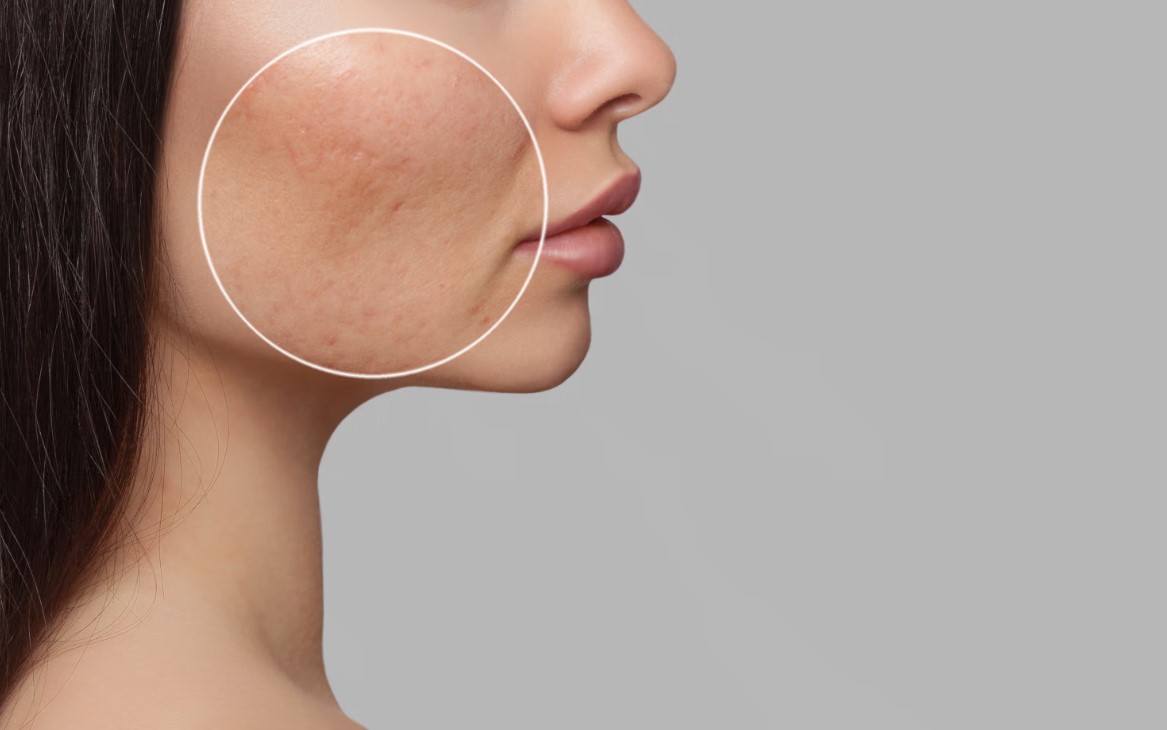Acne scars can leave lasting marks on the skin, affecting texture, tone, and overall appearance. In Islamabad, laser and light therapy have become highly sought-after options for those seeking significant improvement in acne scars. These advanced treatments target scar tissue at deeper skin levels, stimulate collagen production, and promote skin regeneration, offering results that topical creams and over-the-counter products cannot achieve alone. Discover effective and safe solutions for Acne Scar Treatment in Islamabad to restore smooth and clear skin.
How Laser and Light Therapy Works
Laser and light therapies operate on the principle of delivering controlled energy to the skin, either to remove damaged tissue, stimulate collagen production, or reduce pigmentation. Depending on the type of laser or light used, these treatments can:
- Resurface the skin: Ablative lasers remove damaged layers, promoting the growth of fresh, smooth skin.
- Stimulate collagen: Non-ablative lasers heat the dermis without harming the surface, encouraging collagen and elastin production, which gradually fills depressed scars.
- Correct pigmentation: Light-based therapies can target melanin in post-acne dark spots, fading them and evening out skin tone.
The choice of treatment depends on the scar type (such as rolling, boxcar, or ice-pick), severity, skin tone, and individual recovery preferences.
Types of Laser and Light Treatments
1. Fractional CO₂ and Ablative Lasers
Fractional CO₂ lasers are highly effective for deeper, atrophic scars. They create microscopic columns of controlled damage, leaving surrounding skin intact, which aids rapid healing. Patients often see noticeable improvement in scar depth and overall skin texture. The procedure may require some downtime, including redness, peeling, and mild swelling for several days. Multiple sessions are usually recommended for optimal results.
2. Non-Ablative Lasers and Pico-Lasers
These options are gentler and suitable for mild to moderate scars, pigmentation issues, or those who want minimal downtime. Non-ablative lasers deliver energy beneath the surface, stimulating collagen without removing the top layer. Pico-lasers use ultra-short pulses to break down pigment and encourage skin regeneration, making them ideal for evening out dark spots from previous acne. These treatments often require several sessions for the best outcome but allow patients to continue daily activities with minimal disruption.
3. Carbon Laser Peels
Also known as the “black doll” laser, this hybrid treatment involves applying a carbon-based solution to the skin, which is then targeted by a laser. The procedure exfoliates the skin, reduces the visibility of pores, and improves texture and tone. Carbon peels are generally quick, with minimal discomfort and short recovery periods, making them popular for people with busy schedules.
What to Expect
Number of Sessions: Most laser or light therapies for acne scars require 3 to 6 sessions spaced several weeks apart. The total number depends on scar severity, skin type, and the type of treatment chosen.
Downtime:
- Ablative lasers: Typically 5-7 days of redness, peeling, and mild discomfort.
- Non-ablative and pico-lasers: Minimal downtime, usually limited to slight redness or swelling.
- Carbon laser peels: Almost no downtime, with mild temporary redness possible.
Results Timeline: Initial improvements in skin texture and scar visibility may be noticeable within a few weeks. Full results, including collagen remodeling, may take 3-6 months as the skin gradually heals and regenerates.
Cost: The cost per session varies depending on the clinic, the type of laser, and the treatment area. Multiple sessions are generally needed, so budgeting for a complete treatment plan is important.
Realistic Expectations: Laser and light therapies can significantly reduce scar depth, smooth skin texture, and even out pigmentation. However, complete removal of deep scars is rare. The best outcomes are achieved with a combination of treatments and consistent aftercare.
Choosing the Right Treatment in Islamabad
When considering laser and light therapy for acne scars, it is important to evaluate:
- Scar Type and Skin Tone: Deep indented scars may require ablative lasers, while superficial scars and pigmentation issues can benefit from pico-lasers or carbon peels. Darker skin tones need careful treatment to minimize the risk of pigmentation changes.
- Clinic and Expertise: Ensure the dermatologist or technician is experienced in acne scar treatments and uses modern, safe equipment.
- Treatment Plan and Aftercare: Discuss the number of sessions, expected results, downtime, and post-treatment care. Proper sun protection, gentle skincare, and avoiding new acne are essential to maintain results.
- Lifestyle Considerations: Some treatments require short-term avoidance of makeup, sun exposure, or retinoid products.
Post-Treatment Care
After laser or light therapy, following a careful aftercare routine is crucial:
- Use broad-spectrum sunscreen to protect sensitive skin from UV damage.
- Avoid picking or scratching treated areas to prevent scarring or pigmentation changes.
- Use gentle, hydrating skincare products to support skin healing.
- Follow any specific instructions provided by your dermatologist regarding creams, ointments, or cleansers.
Conclusion
Laser and light therapies offer effective, advanced solutions for acne scars in Islamabad. Whether choosing a fractional CO₂ laser for deeper scars, a pico-laser for pigmentation and mild textural issues, or a carbon laser peel for quick rejuvenation, these treatments provide noticeable improvements in skin appearance. Success depends on selecting the right treatment for your scar type, committing to the recommended sessions, and adhering to proper aftercare. With professional guidance and realistic expectations, laser and light therapies can significantly smooth the skin, fade discoloration, and restore confidence in your appearance.




